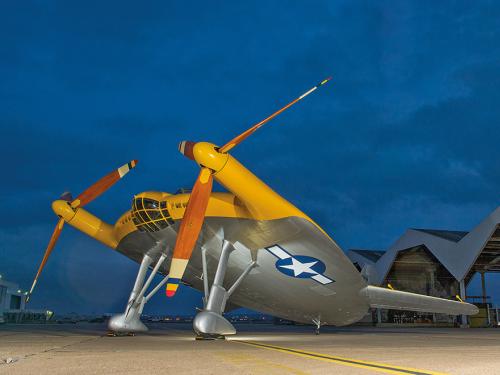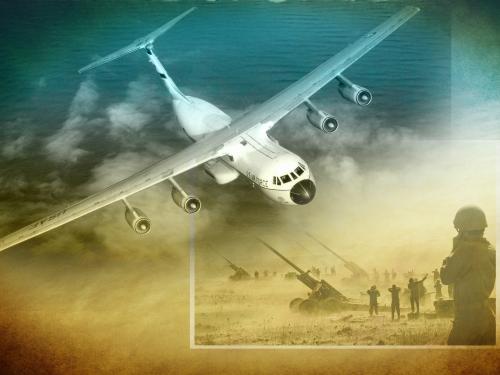
Stories of daring, stories of technological feats, stories of prevailing against the odds ... these are the stories we tell at the National Air and Space Museum. Dive in to the stories below to discover, learn, and be inspired.
Showing 11 - 20 of 158

June 20, 2024
This 100-year-old Navy veteran flew PBYs in World War II.

March 20, 2024
Where to see rare and even one-of-a-kind World War II airplanes. Many are closer than you think.

March 20, 2024
In World War II, military aviation came of age—leaving us with aeronautical masterpieces from both sides of the conflict.

March 20, 2024
Our curators talk about their favorite artifacts. The SR-71’s undeniable wow factor.

March 20, 2024
Pulling back the curtain on artifacts in storage.

December 21, 2023
In this Air and Space Quarterly exclusive, five U.S. Navy pilots who became the first American women to fly in combat tell their stories.

December 20, 2023
The Air and Space Quarterly Interview with F-4 aviator Porter Halyburton about his time as a POW in Hanoi during the Vietnam War.

December 20, 2023
Cathleen S. Lewis, a curator in the space history department at the National Air and Space Museum, has written Cosmonaut: A Cultural History, which documents the complicated past of Soviet and Russian human space exploration.
October 27, 2023
Discover the history of the Cuban Missile Crisis.

September 20, 2023
Fifty years ago, when the destruction of Israel appeared imminent, Operation Nickel grass helped turn the tide.
